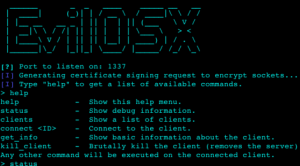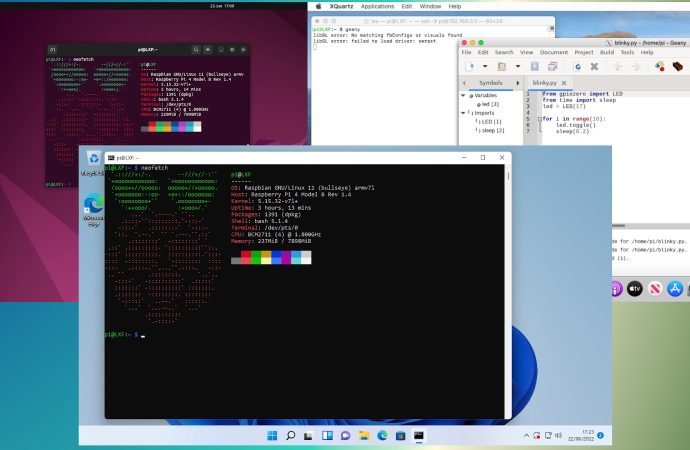Introduction to Remote System Administration on macOS Remote system administration involves managing macOS machines from a distance, making it possible to control, configure, and troubleshoot systems without being physically present. This method is particularly useful for administrators who need to manage multiple machines across different locations. Essential macOS Command-Line Tools for Remote Administration When it
Introduction to Remote System Administration on macOS
Remote system administration involves managing macOS machines from a distance, making it possible to control, configure, and troubleshoot systems without being physically present. This method is particularly useful for administrators who need to manage multiple machines across different locations.
Essential macOS Command-Line Tools for Remote Administration
When it comes to remote system administration on macOS, several built-in command-line tools prove indispensable. Let’s delve into some of these tools and their potential uses:
Efficient File Synchronization with rsync
The rsync command is a powerful tool for synchronizing files between local and remote systems. Its ability to sync only the changes in files makes it an excellent choice for tasks like backups. By leveraging rsync, administrators can efficiently manage file transfers while minimizing bandwidth usage.
Gathering System Information Using system_profiler
The system_profiler command-line tool offers a comprehensive overview of the hardware and software configuration of a remote macOS system. Administrators can extract vital system information without direct access to the machine, aiding in diagnostics and troubleshooting.
Configuring Network Settings Remotely with networksetup
The networksetup command enables administrators to configure various network settings on remote macOS systems. Whether it’s setting up network connections, changing network configurations, or managing network proxies, networksetup simplifies remote network administration.
Managing User Accounts and Groups with dscl
For effective user account and group management, the dscl (Directory Service Command Line) tool comes to the rescue. Admins can create users, modify passwords, manage groups, and perform other user-related tasks remotely, streamlining the management of user identities.
Executing Commands with Elevated Privileges Using sudo
To execute commands with elevated privileges, the sudo command is essential. It empowers administrators to perform administrative tasks on remote macOS systems securely. By utilizing sudo, you can ensure the integrity of the system while executing crucial commands.

Image by:https://medium.com/
Multiplexing Terminals with screen and tmux
When managing remote systems, it’s often necessary to run long-lasting processes. screen and tmux are terminal multiplexer tools that enable administrators to create and manage multiple terminal sessions on a remote machine. These tools ensure tasks continue running even after logging out of the remote session.
Enabling Passwordless SSH Login with ssh-keygen
The ssh-keygen command facilitates passwordless SSH login, enhancing security and convenience. By generating SSH key pairs and copying the public key to the remote system, administrators can log in without the hassle of typing passwords repeatedly.
Staying Up-to-Date and Security Best Practices
As macOS continues to evolve with each new version, it’s crucial to stay informed about changes in command-line tools and functionalities. Regularly refer to the latest macOS documentation and official resources to ensure you’re utilizing the most up-to-date tools for remote system administration. Additionally, prioritize security best practices to safeguard your systems and data while performing remote administration tasks.
Conclusion
Remote system administration on macOS empowers administrators to efficiently manage and troubleshoot systems from a distance. By leveraging essential command-line tools such as SSH, rsync, system_profiler, networksetup, dscl, sudo, screen, tmux, and ssh-keygen, you can streamline various administrative tasks. Remember that staying informed, following security guidelines, and embracing the latest macOS features are key to successful remote system administration.





















Leave a Comment
Your email address will not be published. Required fields are marked with *